Singapore reported only 38 new cases of Covid-19 on Thursday (Jan 21), where 34 cases were imported. In contrast, neighbouring Malaysia recorded 3,170 new infections and 12 deaths. Ironically, there was a period of time when an outbreak appeared to be out of control in Singapore, while Malaysia was seen effectively containing the spread of the virus.
In April 2020, Singapore recorded close to 1,500 new cases a day, but Malaysia only saw less than 200 new infections. In the same month Malaysia was flattening the Coronavirus curve of its second wave (some said it was actually the first wave), all hell broke loose when a “Wave 4” began to shift from imported cases to migrant workers living in dormitories in Singapore.
From just 10 infections among workers living in dormitories (April 1) to 60% of 4,427 infections on April 16 being foreign workers, Singaporeans were horrified over the spike of cases. A single-day high of 1,426 cases was recorded on April 20. But it was primarily due to a decision to impose a mandatory quarantine of 20,000 migrant workers in two dormitories.
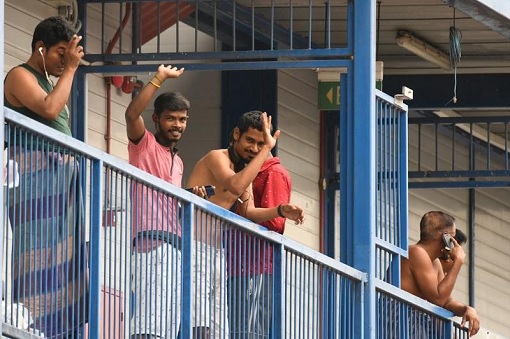
The next day (April 21), the Singapore government decisively announced that “all foreign workers” in dormitories were to stop work until 4 May to curb the rising spread of the Coronavirus. The number of daily cases amongst migrant workers living in dormitories continued to remain in the hundreds until early August, but authorities maintained its aggressive testing.
There was also a shift in policy when Singapore created community care facilities for those who were at low risk, which allowed hospitals to focus only on those in higher risk categories. As a result, hospitals managed to reduce bed utilization – from more than a thousand to several hundred. By Sept 18, for the first time, the daily dormitories case number fell into single digits.
The decisiveness and competency of the Singapore government eventually paid off. The fourth wave was successfully flattened in 6 months. Interestingly, it was also in April 2020 that Malaysian Health director-general Noor Hisham Abdullah said – “We are learning from Singapore, our migrant workers, we are embarking on a big scale screening of our migrant workers”.
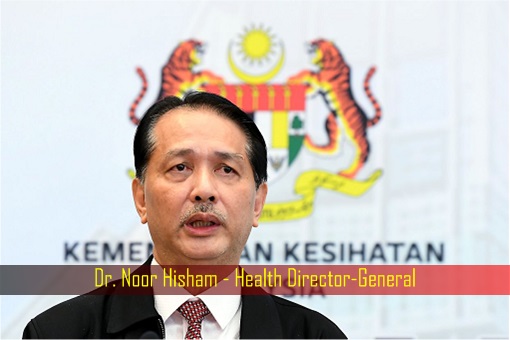
But the Health Ministry of Malaysia was never serious about learning anything. It would take a massive outbreak at the world’s biggest maker of rubber gloves – Top Glove – in December 2020 for Malaysia to finally – and reluctantly – do “targeted” mass testing of the company’s migrant workers. Even then, the 28 factories of Top Glove were closed in stages, despite 4-figure cases of Covid-19.
Hilariously, roughly about the same time Singapore succeeded in containing its foreign workers cluster (Sept), Malaysia’s third wave began when power-crazy backdoor Prime Minister Muhyiddin Yassin launched his second coup to snatch power in Sabah. The country would pay the price for arrogantly ignoring and breaching SOPs, including disregarding mandatory quarantine.
Five months since the “Sabah Cluster” third wave began (Sept, 2020 to Jan, 2021), there is no sign the Malaysian government is doing anything effective or useful to flatten the curve. Instead, it gets worse, having reported more than 4,000 new Covid-19 cases. The best part is, the clueless government refuses to consider imposing a mandatory quarantine, let alone a comprehensive testing, on its massive 2-million foreign workers.
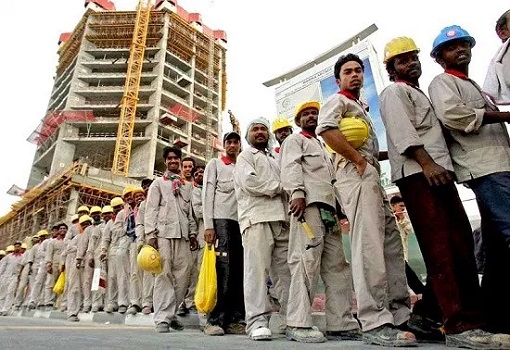
Obviously, Singapore has done everything right while Malaysia, whether ignorantly or deliberately, chooses to do the opposite. Still, Singapore remains cautious and refuses to be complacent. In fact, in an interview on Tuesday (Jan 19), Singapore Education Minister Lawrence Wong admitted there were “many things” that the government recognised that could have been done better.
The interview was conducted just ahead of Singapore marking a year since the first case of Coronavirus recorded on Jan 23, 2020. Minister Wong said – “At the start of the year, when we were fighting this virus, there was so much uncertainty, so many things we didn’t know. We didn’t know about the asymptomatic nature of transmission; we didn’t know how infectious it was.”
Lawrence Wong Shyun Tsai, who is the co-chair of the Multi-Ministry Task Force in charge of the Covid-19 pandemic alongside Health Minister Gan Kim Yong, said – “Not everything we’ll get right. The key is that we have to be quick to adapt to adjust, to be nimble, put things right, recover from setbacks and move forward. And that’s the attitude we’ve had.”
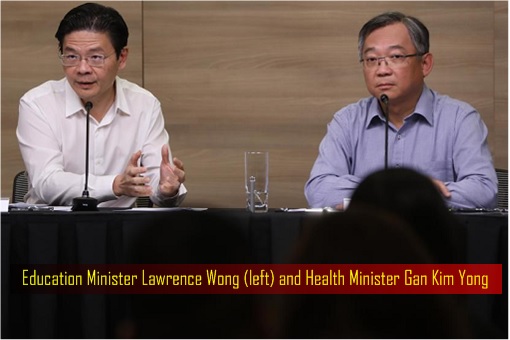
In the same interview, Mr Gan acknowledged that the possibility of asymptomatic transmission – a person infected with Covid-19 who does not develop symptoms – was an important characteristic about the virus they did not expect. He said – “In the beginning, we said if you’re with flu-like symptoms, go back, take 5 days MC and if you don’t recover, come and see the doctor again then we’ll test you.”
Of course, the authorities soon found out everyone who was symptomatic had to be swabbed. Gan said – “Even then, that’s not enough, because by the time you’re symptomatic and see a doctor, you’ve already gone a few days as infectious. Therefore, even our contact tracing had to move backwards much longer so as to catch and detect more people who could have been exposed.”
One of the most difficult decisions the government had to make was the lockdown from April 7 to June 1 last year, popularly known as the “circuit breaker”. Minister Wong said – “How will it impact the vulnerable and elderly, and on balance, will it do more harm than good, or will we be able to address and effectively slow down transmission? That was a very tough decision to make, and there was a lot of uncertainty.”
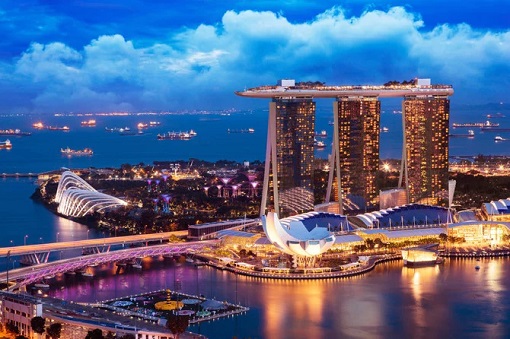
And like stock investing, the question was not only about when to buy a stock, but also when to sell the stock. So, as revealed by Education Minister Wong – “It’s so easy to say ‘Be tight’, but for how long? Forever? One year, when everyone cannot see each other? I think we will all go crazy. So what’s the right balance, and how to make such calibrations amid such great uncertainty?”
Mr Gan explained why the timing was a tricky business – “If you do it too soon, it’s not going to be effective. Then, if you lift the circuit breaker and everything crops up, you must do it a second time. If you do it too late then it’s not going to help because you’re going to already have a big cluster in your hands. So we needed to time it, you just have to have a sense and make a judgment.”
A disaster as a result of a lockdown being timed wrongly can be clearly seen in Malaysia. PM Muhyiddin, in his desperate attempt to cling to power, was in denial for weeks to hide his mistake of triggering the third wave after the Sabah state election. Not only a strict mandatory MCO lockdown was not declared in September, the wrong tool of a milder CMCO was used on November 7.
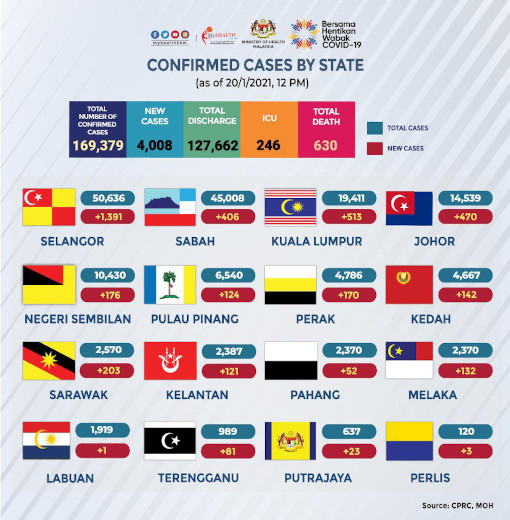
But the already half-baked CMCO (Conditional Movement Control Order) took a turn for the worst when it was either prematurely lifted for most states or restrictions were eased without proper justifications. Heck, not only people was allowed to travel interstate for the Christmas and New Year celebrations, Tourism Minister Nancy Shukri irresponsibly told – even encouraged – people to travel domestically.
True enough, after wasted 4 months (Sept 2020 to Jan 2021), the incompetent and clueless Muhyiddin regime, with tail between legs, had no choice but announced on 11 Jan, 2021 that MCO 2.0 restrictions would be re-introduced between 13 until 26 January 2021. Amusingly, this MCO 2.0 looks more like CMCO than the highly successful MCO 1.0 introduced in March 2020.
For being decisive, Mr Wong received praises from his mentor, Health Minister Gan, who said – “Lawrence was very decisive. He said if we have to move, then [we must] move. Once the facts are clear, there are no ifs and buts, just move and get it done, so I think I’m very happy to be working with him, and it’s even enjoyable working with him – a very decisive co-chairman.”
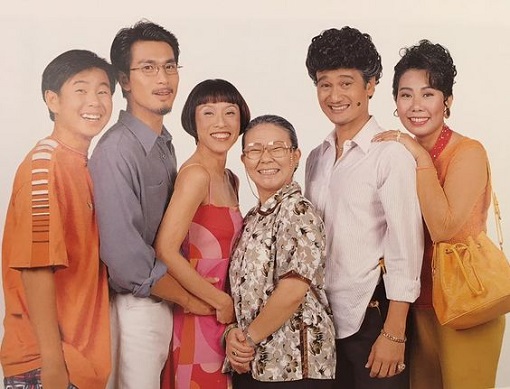
Looking back, the biggest challenge, as agreed by both Singapore ministers, is the issue of “uncertainty”. Mr Gan explained – “We have to explain to people, communicate with Singaporeans to let them understand why we are introducing these measures and why we need do certain things that are not very popular, very tough.”
Another challenge which Singapore had done well, but obviously not Malaysia, is the management of public sentiment and perception. At the early stage of the outbreak, despite Singaporeans’ clamour for strict measures and believed the crisis might be “over in a month”, the prudent authorities had to warn that it was going to be a “long fight, a marathon”.
Malaysia, on the other hand, has been blowing its own trumpet that only the “Malay” Perikatan Nasional government can solve the Coronavirus pandemic. It worked for a short stint during the second wave in March 2020. But as arrogance and over-confidence clouded their judgement, even ministers started practicing double standards and openly breached health SOPs.
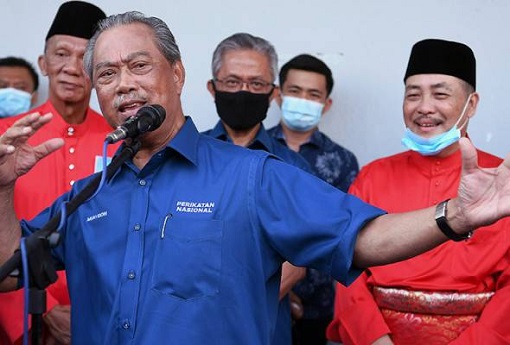
Today, with no light at the end of the tunnel, Malaysians generally don’t care about any half-baked strict measures and believe the crisis might not be over for a very long time simply because the corrupt and selfish government is more interested in politicking. In Singapore, students have already returned to school, but Malaysian students are still struggling to do the same.
Mr Wong said – “We have to take into account public opinion and feedback, but it ultimately has to be based on scientific evidence, data, and expert opinion. And then explain that to the public and get public support for the measures. That’s, to me, is one of the biggest challenges.” With tips from Singapore, perhaps it’s time Malaysia goes back to the drawing board to figure out why everything is upside-down.
Other Articles That May Interest You …
- Blood On Incompetent Muhyiddin Regime’s Hands – Doctors May Have To Decide Who Can Live And Who Dies
- Covid Lockdown – How Corrupt Government Operatives Use Dirty Tricks To Slap People With RM1000 Compound Fines
- MCO 2.0 Lockdown Declared – But New SOPs Are Not Ready And Arrogant Ministers Are Happily Spreading Covid-19
- Out Of Control – New Record 3,027 Cases, Could Hit 8,000 As Indecisive Backdoor Govt Not Sure What To Do Next
- Forget UK’s Covid-19 Variant – This South African Coronavirus Variant Is Deadlier And Can Spread Even Faster
- Identify, Investigate, Negotiate – As Malaysia Struggles, Neighbour Singapore Reveals How It Speedily Gained Covid-19 Vaccine
- The Best Covid-19 Lockdown Ever – Can Go To The Gym, Parks, Markets, Shopping Mall & Play Futsal, But Cannot Go To The Office
- Covid-19 Cases Suspiciously Shot To 1,228 – Cover-Up & Data Manipulation To Keep Backdoor PM Muhyiddin In Power
- New Wave!! – Power Hungry Muhyiddin Is Responsible For The Spread Of Covid-19 From Sabah To The Entire Country
- From Doraemon To Finding Coronavirus In Sewage – The Government’s Top-6 Screw Ups Within 14-Day Of Lockdown
- One Person Per Car – One Of The Silliest Rules Hatched By The Clueless Muhyiddin Backdoor Government

|
|
January 22nd, 2021 by financetwitter
|


|

|

|

|

|

|






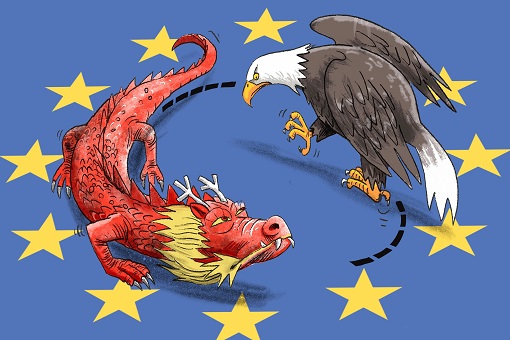





















There’s an easy explanation for the difference.
Singapore has many who would jump out of bed, roll up sleeves, quickly get into action to work hard to diminish the threat by the coronavirus.
Malaysians would lie down under the coconut trees, do nothing, and leave it to divine will.
We all know what Allah thinks of Malaysia, and She’s decided Malaysians should go to Hell or see the 72 virgins way before their time should be up.
So, Malaysians, get your winged donkeys or magic carpets ready, Bon Voyage !